How can you easily pull off a successful party this holiday? A
wine and cheese party proves that a few simple, sophisticated elements can create a warm, festive gathering. After all, an elegant holiday celebration doesn’t have to translate to hours in the kitchen (there's literally no cooking involved with this one!).
Now, prepare to swirl, swift and sip the holidays away!
Decide on the mains of the day
You're gonna get yourself in the Hall of Fame of Wine & Cheese Parties if you know, first and foremost, the right cheeses to serve. Pick at least one recognizable cheese like cheddar or Manchego, then go embrace variety for the rest. Look for unique places of origin and styles to give your board an interesting appeal (It's a great conversation starter!). You can also follow the acronym FABS: Firm (e.g. Manchego, Parmesan, etc.), Aged (cheddar, Gouda), Blue (Gorgonzola, Stilton), and Soft (brie, Camembert).
How much cheese should you buy? That obviously depends on the number of guests you're inviting to the party. For instance, you can buy a total of 3 pounds for 8 people, 6 pounds for 16, or 9 pounds for 24.
Choose your accompaniments
To go with the cheeses on the platter, there are four things you can focus on: bread, nuts, fruit and meat. Bread and plain crackers act as palate cleansers between bites. You can choose thinly sliced baguette, water crackers or gourmet flatbread--simple flavors to keep the focus on the cheese and
wine.
Nuts also work as these complement cheese well and don't compete with the complex flavors of wine. Again, keep your mix simple. Roasted and salted almonds and pistachios are more than perfect.
Fresh fruit selections also enhance a
wine-and-cheese spread. Go for classic favorites like grapes, cherries and berries. You can also pick melons, figs, peaches, apples, and pears for more variety, but just make sure to avoid overly acidic fruits such as pineapple.
To complete your festive platter, you can offer a selection of cured meats. As with everything else, don't go overboard in your selections; stick to two to four meats like thinly sliced prosciutto and slices or chunks of salami.
Select your wine
It's an age-old question: Red or White
wine? We say, both! White and red blends offer the most versatility for food pairings and appeal to most guests. Look for a white blend of Chardonnay or Cabernet Sauvignon for red. If you're into a more casual style of entertaining, you can also pick versatile varieties that drink well on their own such as Riesling, Pinot Grigio, Sauvignon Blanc, Pinot Gris, Pinot Noir, Merlot, and Syrah.
Use an excellent cheeseboard
A genuine cheese flight should be highlighted with the perfect cheeseboard. In other words, pick your cheeseboard well before assembling every element (from cheeses to accompaniments) you've decided upon thus far.
The most widely recognized decision for serving cheese is a cheeseboard. It's dependable, simple to spotless and prudent. One of our favorites is this
cheeseboard made with top quality oak. The wood boasts a richness that develops only over time, making a distinctive backdrop for a decadent cheese course. It's the perfect oval shape and even has a drawer for cutlery.
Provide labels and tasting cards
If a guest tries a new-to-them cheese, they will likely want to know what it is. That said, it would be convenient if the cheeseis already labeled. You can get really crafty with your labels or go as simple as toothpicks with printed slips of paper. It's a simple yet special touch that'll make your guests feel like you've really prepared for this event.
More questions?
- When should I take out the cheeses?
Remember this: Cheese is at its fullest flavor at room temperature. So during the day itself, take out the cheeses from the fridge 2-3 hours before the guests arrive.
Don’t cut into cubes as it looks store-bought. Instead display the large block of each cheese and let guests help themselves by serving with a small knife for hard cheeses and small spreader for soft. If cutting, only cut some pieces and leave the rest in the block.
- Should my wine be chilled?
Chilled wine is always the best pairing with cheese, but be careful not to make it too cold. Take it out of the fridge about 15 to 20 minutes before your guests arrive.
- How many knives should I prepare?
To prevent mixing flavors, you must have as much knives as there are variants of cheeses. And make sure that the cutlery you use is suited for the kind of cheese it will be used for. For instance, a variety of cheeses from semi-hard like Cheddar and Jack, to soft like Brie and Buchette, call for a narrow plane knife. Meanwhile, a flat cheese knife is used for cutting crumbly, soft cheese like Blur or for shaving firm cheese like Parmigiano, and a small spade is for creating wedges out of hard cheeses like Romano or Reggiano. Also have a couple of cheese forks ready. Not sure where to find these cutleries? This
cheeseboard set helps, as it already contains four high-quality cutleries that are designed for various cheeses.
- How do I serve the cheeses?
You can place the cheese on one or two big cheese board in a separate room, offering your guests small plates to pick their favorites and munch on while mingling with the other guests. If not, you can simply arrange a couple of smaller cheese boards and space them out on the dinner table. This way, each guest can easily get to a cheese board without the need to constantly pass the cheese back and forth.
- Proper way to serve wine?
Serve wine to the widest part of the glass, about 3/4 full. You want to leave room in the glass to swirl.







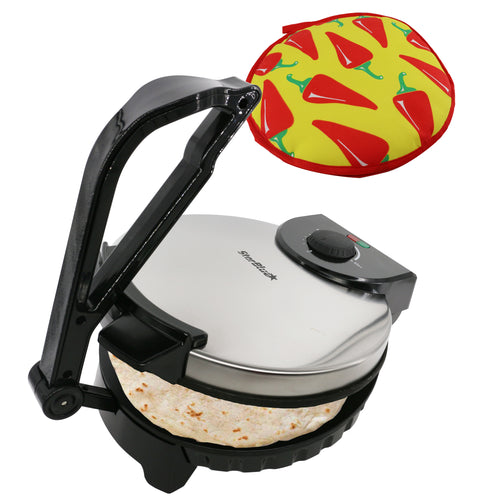
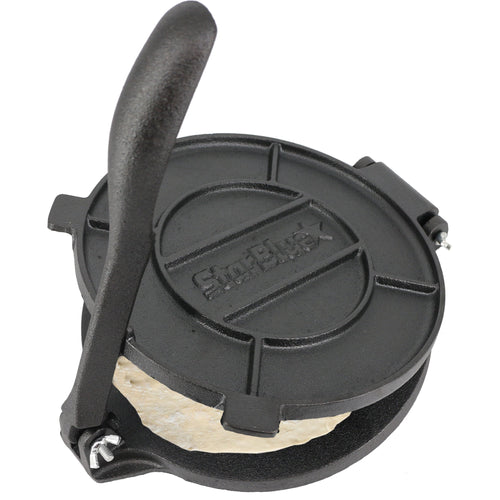
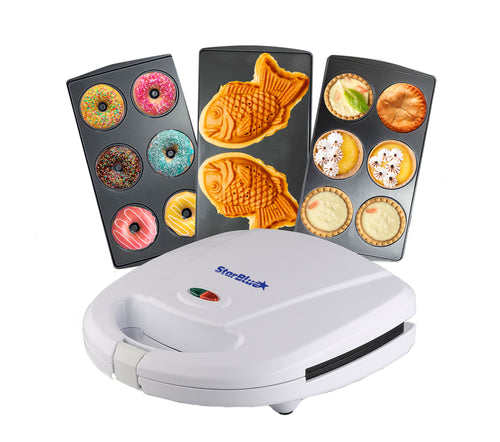
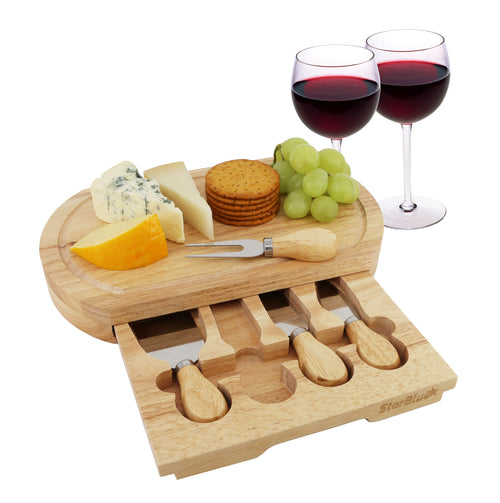
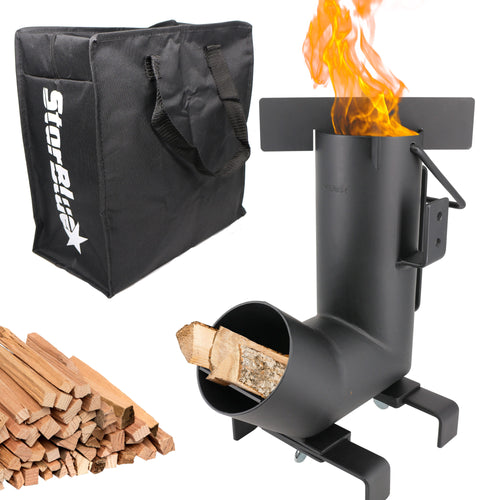






Leave a comment